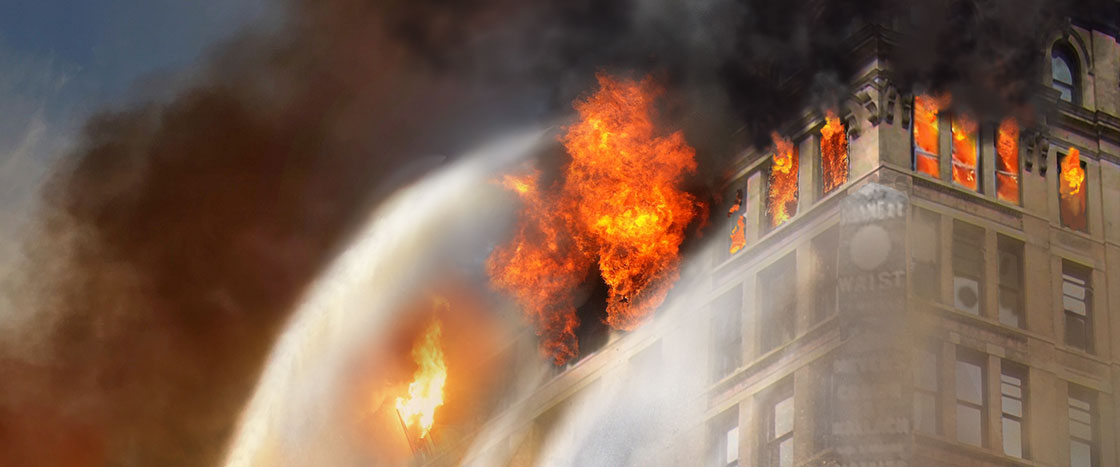Flames clawed at her back. Black smoke chokedthe air. Waves of red-hot fire curled across theroom and licked up the walls.
It was March 25, 1911, and 17-year-old Katie Weiner was trapped on the ninth floor of aburning building in New York City.
Moments earlier, fire had broken out at the factorywhere Katie worked. Now the flames were spreadingwith lightning speed. With the fire swirling closer andcloser, Katie had to make a terrible choice: Stay anddie—or dive into a moving elevator and hope to survive.
She dove.
Early that morning, Katie had made her way through the streets of the Lower East Side, the neighborhood in New York where she lived with her mother, brother, and sister.
Katie was headed to the Triangle Waist Company, where she and her older sister Rose, 23, worked making shirtwaists. These fashionable women’s blouses were all the rage at the time. Like many teenagers in 1911, Katie did not go to school. She had to work to help support her family.
Almost everyone on the Lower East Side had come from another country. In the early 20th century, hundreds of thousands of immigrants were streaming into the United States every year. Katie’s own family had come to New York City from Russia when Katie was about 5. They had faced violent religious persecution in their home country. And so, like many others, they had come to the U.S. with the dream of a better life.
But newcomers quickly learned that things were not nearly as rosy as they had expected. Life was tough. Families had to cram into tiny apartments. Most worked long hours in dangerous jobs for little pay. Feeding their families was a constant struggle.
Flames clawed at her back. Black smoke filled the air. Red-hot fire curled across the room and up the walls.
It was March 25, 1911. Katie Weiner, 17, was trapped on the ninth floor of a burning building in New York City.
Moments earlier, fire had broken out at the factory where Katie worked. Now the flames were spreading fast. The fire came closer and closer. Katie had to make a terrible choice: Stay and die, or dive into a moving elevator and hope to survive.
She dove.
Early that morning, Katie had walked through the streets of the Lower East Side, the neighborhood in New York where she lived with her mom, brother, and sister.
Katie was headed to the Triangle Waist Company, where she and her older sister, Rose, worked making shirtwaists. These women’s blouses were all the rage at the time. Like many teens in 1911, Katie did not go to school. She had to work to help support her family.
Almost everyone on the Lower East Side had come from another country. In the early 20th century, hundreds of thousands of immigrants came to the United States every year. Katie’s own family had come to New York City from Russia when Katie was about 5. They had faced religious persecution in their home country. And so, like many others, they had come to the U.S. with the dream of a better life.
But newcomers quickly learned that things were not as rosy as they had expected. Life was tough. Families had to cram into tiny apartments. Most worked long hours in dangerous jobs for little pay. Feeding their families was a constant struggle.


